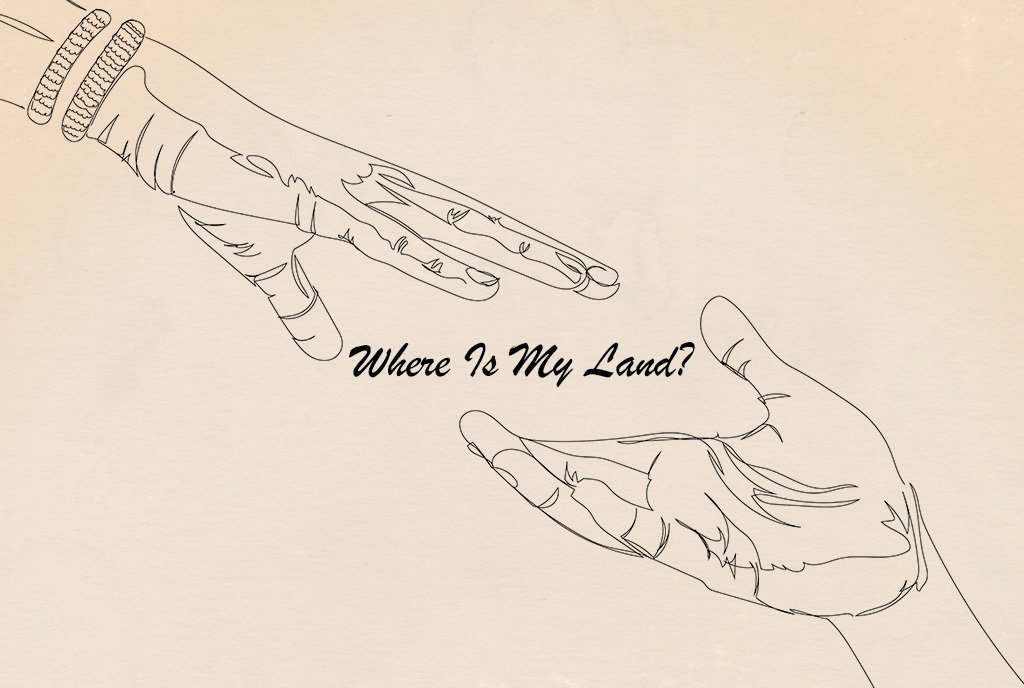September 24, 2013; Stateline
In all the debate about federal charitable tax deductions, there has been another charitable tax deduction fight occurring in some state legislatures. There has been a body of research on the efficacy of the federal tax deduction, but an analysis of the mix of federal and state charitable incentives, even a tabulation of the existence of state charitable incentives, is harder to find.
Nonprofit Quarterly did an analysis of a variety of state taxes and tax incentives, including state charitable deduction, neighborhood assistance tax credits, and more. The picture was difficult to compile and still ended up incomplete.
Nonetheless, occasionally news about state charitable incentives arises in the context of state governments trying to winnow down tax expenditures and maximize tax revenues. During the recession, Michigan did away with its very popular program of tax credits for donations to food banks, homeless shelters, and, highly supported by institutional philanthropy, community foundations. The state is still financially shaky, but charity advocates are promoting the reinstatement of the tax credit in order to generate programmatic support for nonprofits that help the poor and the unemployed.
Sign up for our free newsletters
Subscribe to NPQ's newsletters to have our top stories delivered directly to your inbox.
By signing up, you agree to our privacy policy and terms of use, and to receive messages from NPQ and our partners.
Rather than entirely scrapping its charitable deductions, Hawaii capped them for individual taxpayers with incomes above $100,000 and households with incomes over $150,000. Nonprofit advocates protested and got the policy reversed this year.
In New York State, the 2013–2014 budget establishes percentage caps on deductions, including those for charitable contributions: Taxpayers with incomes of $1 million to $10 million are limited to a 50 percent deduction, and taxpayers with gross incomes of more than $10 million are limited to a 25 percent deduction. Vermont is considering a possible cap of 2.5 times the standard deduction for all itemized deductions, including charitable ones.
Nonetheless, the states are all over the ballpark on charitable deductions. According to Stateline, Missouri this year restored seven tax credits for charitable activities. Kansas cut other itemized deductions, but left charitable deductions intact. North Carolina capped other deductions, but, like Kansas, spared charitable deductions.
Oddly, most of the analyses of state charitable tax incentives focus on programs available to individual taxpayers, omitting tax incentives like the neighborhood assistance tax credits, first piloted in Pennsylvania, which have been well utilized by corporate taxpayers. Other state programs, as NPQ’s survey article showed, have been generated for donors to educational programs—including school vouchers.
How significant are the state charitable deductions? How do they mix with the federal incentives? Tell us the story of state charitable tax incentives in your state—do they exist? Do people use them? Do they make a difference?—Rick Cohen












